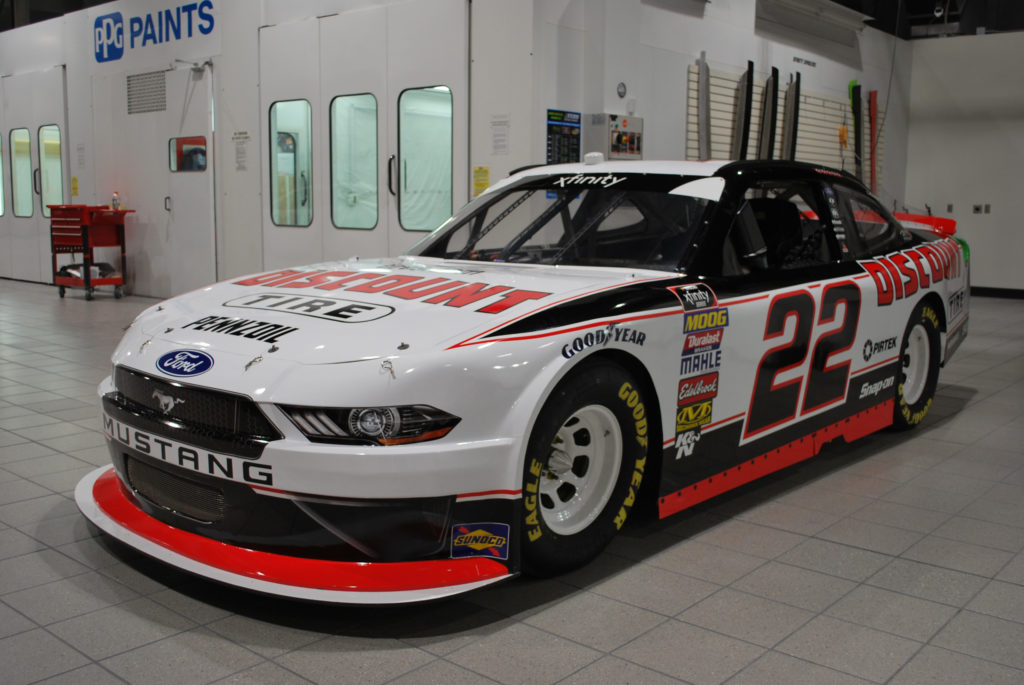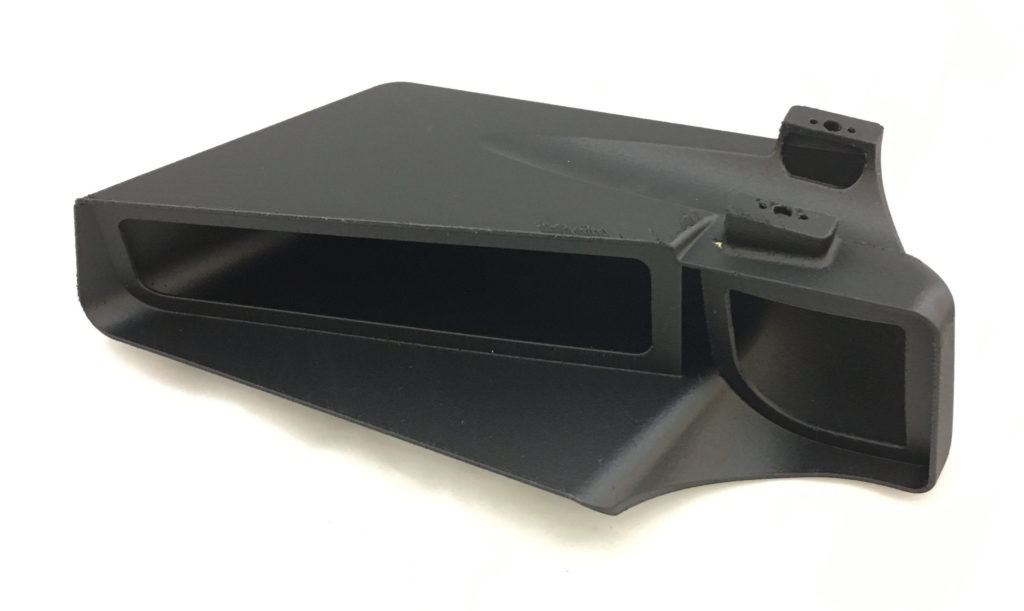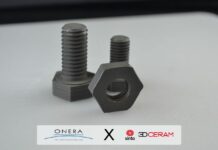With the increasing innovations related to carbon fiber, manufacturers of industrial 3D printers dedicated to carbon-fiber are currently gaining momentum. Stratasys clearly illustrates this fact as the company is now shipping a $70,000 3D Printer dedicated to Carbon-Fiber-Filled Nylon 12.
Live-demonstrations of the Fortus 380mc Carbon Fiber Edition have been carried out at Rapid 2018.
The Fortus 380mc Carbon Fiber
Composites are among the demanding materials in the 3D printing industry. Carbon fiber composite applications and carbon fiber reinforced polymers are considered clean energy technologies by the U.S. Department of Energy because they enable “light-weighting,” which reduces energy consumption. It’s estimated that each ten percent reduction in vehicle mass drives a six to eight percent increase in fuel economy.
As far as Stratasys’ industrial system is concerned, the company firstly offered the material only on high-end production 3D printers in the $200K-$350K range. Stratasys Senior Vice President of Sales, Pat Carey explained this change: “[Our customers] told us they want an affordable solution but in a reliable, industrial-quality system. So, we’re now offering a more accessible system that’s based on our Fortus 380mc platform. Because the 380mc CFE is dedicated only to carbon-fiber-filled Nylon 12 and one other material, we’re able to currently offer it at the lowest price for any of our industrial printers.”
Race cars, a coveted application
Composite materials are more and more used the manufacturing process of race cars. Team Penske exploits FDM to manufacture prototypes and end-use parts from carbon-fiber-filled Nylon 12 composite material for its IndyCar and NASCAR race cars.

The composite was especially used to produce a mirror housing for its NASCAR race teams. “After designing the mirror housing, engineers then customized the design for each of their Cup Series drivers before building the final parts from the composite via FDM. The carbon-fiber-based material enabled Team Penske to produce lightweight mirror housings with high impact resistance and high stiffness, each of which is critical in motorsports. The composite’s stiffness is especially beneficial when making thin-walled parts, so the parts won’t flex under the aerodynamic loads produced on track.”

Other applications of the carbon-fiber-filled Nylon 12 include functional prototyping of composite or metal parts, short production runs as well as lightweight assembly tools.
For further information about 3D Printing, follow us on our social networks and subscribe to our newsletter
Would you like to subscribe to 3D Adept Mag? Would you like to be featured in the next issue of our digital magazine? Send us an email at contact@3dadept.com
//pagead2.googlesyndication.com/pagead/js/adsbygoogle.js
(adsbygoogle = window.adsbygoogle || []).push({});






